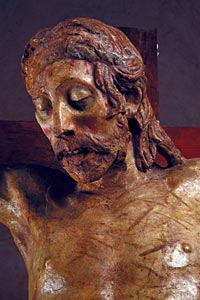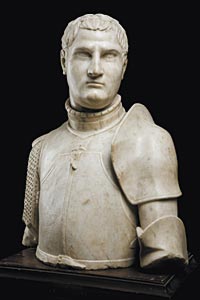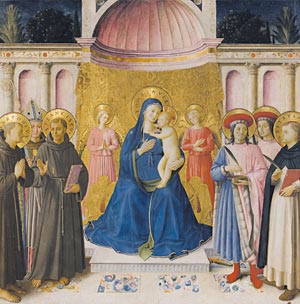
The Medici
Villas, set up in the Museo della
Manifattura Chini in Borgo San Lorenzo,
illustrates the settlement of the Medici family in
Mugello and documents their uninterrupted links with
the territory. On display are some of the famous
lunettes showing the Medici villas painted by the
Flemish artist Justus van Utens, as well as
portraits, such as those of the various members of
the Medici dynasty by Bronzino, sculptures,
drawings, ceramics, maps and documents dating to the
Medici era.


The Mugello and the arts: Giotto, Fra Angelico and Andrea del Castagno, set up in the Beato Angelico Museum of Vicchio, celebrates three masters originating from the Mugello: Giotto and Fra Angelico, born in the territory of Vicchio and Andrea del Castagno, from the village that gave him his name.
Brought together for the exhibition are Giotto’s Saint Stephen, loaned by the Fondazione Horne, Dante and Boccaccio by Andrea del Castagno, from the Uffizi, the Altarpiece of Bosco ai Frati by Fra Angelico, from the Museum of San Marco, and two precious small panel paintings by Giotto (Saint Francis and Saint John the Baptist) belonging to the Ente Cassa di Risparmio of Florence.
